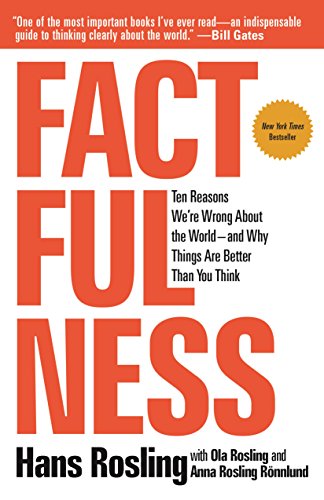When life is going in the wrong direction, make a left turn, and go a new way.
The Green Tunnel, A Hiker’s Appalachian Trail Diary, Patrick Bredlau, 2016

Have you heard people say that humans used to live in balance with nature?
Well, yes, there was a balance. But let’s avoid the rose-tinted glasses. Until 1800, women gave birth to six children on average. So the population should have increased with each generation. Instead, it stayed more or less stable. Remember the child skeletons in the graveyards of the past? On average four out of six children died before becoming parents themselves, leaving just two surviving children to parent the next generation. There was a balance. It wasn’t because humans lived in balance with nature. Humans died in balance with nature. It was utterly brutal and tragic.
Today, humanity is once again reaching a balance. The number of parents is no longer increasing. But this balance is dramatically different from the old balance. The new balance is nice: the typical parents have two children, and neither of them dies. For the first time in human history, we live in balance.

Journalists who reported flights that didn’t crash or crops that didn’t fail would quickly lose their jobs. Stories about gradual improvements rarely make the front page even when they occur on a dramatic scale and impact millions of people.
And thanks to increasing press freedom and improving technology, we hear more, about more disasters, than ever before. When Europeans slaughtered indigenous peoples across America a few centuries ago, it didn’t make the news back in the old world. When central planning resulted in mass famine in rural China, millions starved to death while the youngsters in Europe waving communist red flags knew nothing about it. When in the past whole species or ecosystems were destroyed, no one realized or even cared. Alongside all the other improvements, our surveillance of suffering has improved tremendously. This improved reporting is itself a sign of human progress, but it creates the impression of the exact opposite.
At the same time, activists and lobbyists skillfully manage to make every dip in a trend appear to be the end of the world, even if the general trend is clearly improving, scaring us with alarmist exaggerations and prophecies.
Latest
- Giving a Voice to the Past: Intangible Heritage and Forgotten Territories 25 October 2025
- Donner une voix au passé : patrimoines immatériels et territoires oubliés 25 October 2025
- Tra overtourism e undertourism: la ricerca di equilibri territoriali sostenibili 21 June 2025
- Overtourism and Undertourism: The Challenge of Managing Contemporary Tourism 21 June 2025
- Overtourism et undertourism : le défi de la gestion du tourisme contemporain 21 June 2025
Most read
- Le alterazioni dell’ecosistema
- Le tourisme urbain
- La théorie du cycle d'erosion et critique du modèle davisien
- Gestione del comprensorio montano del Ceresio (InterReg II)
- Strumenti e strategie per la condivisione e la valorizzazione dei patrimoni culturali ticinesi, Convegno Digitalizza la cultura
- Globetrotter: un nuovo modo di viaggiare
- Un museo per viaggiatori e avventurieri d'inizio secolo

Osare: il progresso si ottiene solo così.
Oser: le progrès est à ce prix.
To dare; that is the price of progress.
Victor Hugo, Les Misérables

